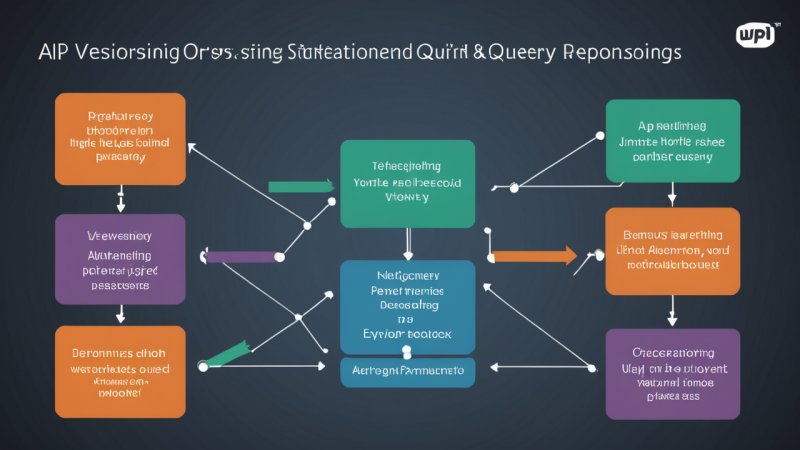In the fast-evolving world of software development, the ability to adapt and maintain APIs (Application Programming Interfaces) is crucial for ensuring seamless communication between different software systems. One of the most effective ways to manage changes in APIs is through versioning. This article delves into the various strategies for API versioning, their implications, and best practices.
API versioning is essential for maintaining backward compatibility while introducing new features or changes. Without a proper versioning strategy, updates can break existing client applications, leading to potential downtimes and loss of user trust. Several versioning strategies exist, each with its advantages and trade-offs.
One common approach is URI versioning, where the version number is included in the API endpoint. For instance, an API endpoint might look like https://api.example.com/v1/resource. This method is straightforward and allows users to easily see which version they are using. However, it can lead to a proliferation of endpoints over time as multiple versions coexist.
Another strategy is query parameter versioning, where the version is specified as a query parameter in the request. An example would be https://api.example.com/resource?version=1. This method can be less intrusive as it doesn't alter the base URL, but it may not be as visible to users compared to URI versioning.
Header versioning is another option, where the version information is included in the HTTP headers rather than the URL. This can keep the API endpoints cleaner but introduces complexity as users need to understand how to set headers properly. It's also less discoverable, as users may not easily see which version they are using.
Each of these strategies has its place depending on the specific needs of the application and the development team. For example, URI versioning is often preferred for public APIs where clarity is essential, whereas header versioning might be suitable for internal APIs where clients are controlled and can easily be updated.
In addition to choosing a versioning strategy, it's crucial to consider how to deprecate older versions of the API. A clear deprecation policy helps clients prepare for changes, ensuring a smoother transition. Providing comprehensive documentation and support for each version can significantly enhance user experience.
Real-world case studies highlight the importance of effective API versioning strategies. Companies like Twitter and Facebook have successfully managed their APIs by implementing thoughtful versioning approaches that balance innovation with user needs. These organizations often maintain multiple versions simultaneously while providing robust support and documentation to guide developers.
In conclusion, mastering API versioning strategies is essential for any software development project. By understanding the different approaches available and their implications, developers can ensure that their APIs remain reliable, user-friendly, and adaptable to future changes. A well-thought-out versioning strategy not only protects existing client applications but also fosters a positive relationship between developers and users, ultimately leading to a more successful software ecosystem.






